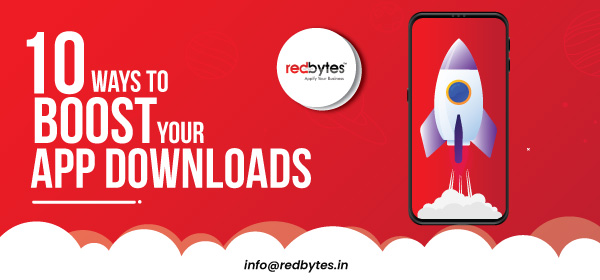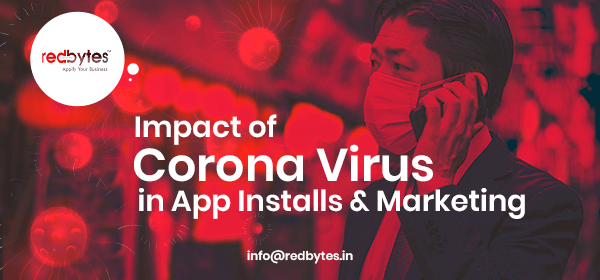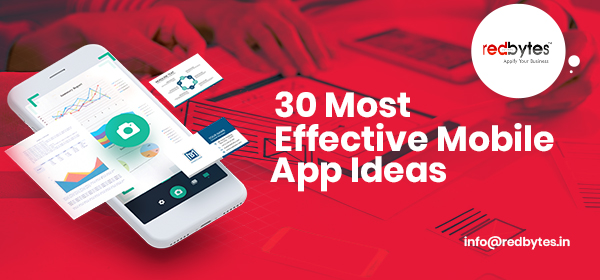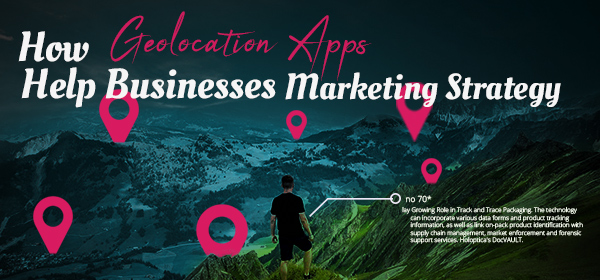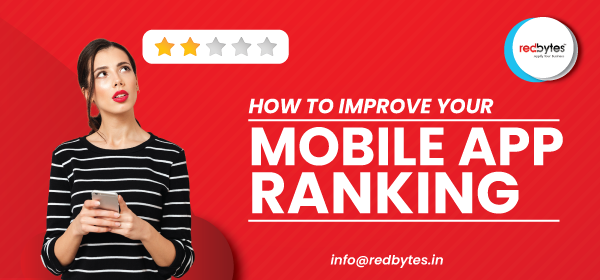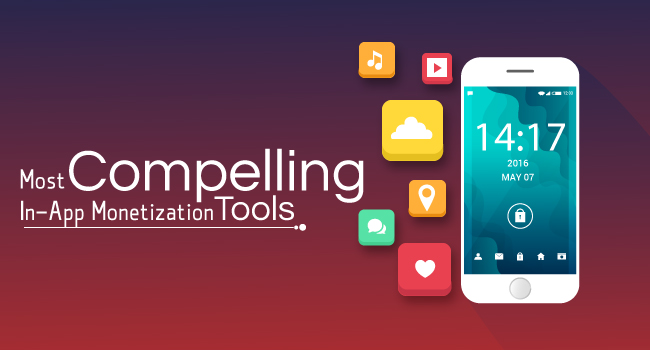Most of the people think that building an engaging app is the toughest part. But marketing it is just as tough. There are people who actively search for different mobile applications every single day. All you need to know and learn is how to be in the right place at the right time. And with our “10 Best Ways to Increase Your App Downloads” you are in safe hands.
Thinking I’m just exaggerating? I have numbers to support my claim.
Nearly 12% of active smartphone users search for interactive applications in Play Store every day. More than 50% of the users look for applications for every week.
Not to my surprise, Play Store witnesses about 6 million unique keywords every month. There are a lot of people (In fact, millions) who actively search for apps on a daily and weekly basis. You just need to ensure that they find you.
Now, here the trick is to ace your App Store Optimization (ASO) and ensure you implement the most effective ASO practices which win the algorithms and make your app a superstar in Play Store or App store.
But wait. What is App Store Optimization?
The process of optimizing mobile apps to accomplish a higher position in the Play Store & search results to top in the ranking charts is known as ASO. Since it is very much similar to Search engine optimization for web content, App Store Optimization is known as the SEO for mobile apps.
According to a study, App Store Optimization improved app downloads by nearly 1500% in less than a month.
Now, let’s dive into the pool of some effective tips to increase your app downloads.
#1. App Name & Keywords
A recent study reports that using keywords in your app title can increase your rankings by 10%.
Both App Store and Play Store’s search algorithm scan the application title for keywords when a user searches the app by using a particular keyword in either of the app markets.
Both the app store & play store gives equal importance to applications that have names and keywords in the title. So definitely, it’s a damn good idea to add a couple of keywords in your app title as the number one App Store Optimization practice.
You must also make sure you are not overloading your app title by just stuffing the keywords and making it look like a spam one. You have to maintain a good balance between branding and keywords.
#2. App Name Conventions
Keep your brand name clean and short and try to use URL-friendly characters in the app title. This way you can add your keywords to this short brand name. The app markets such as App Store (Apple) will be using your app title to create your app URL.
If possible, try to avoid special characters such as copyright symbols in your application title. Because those special characters will let iTunes to search your application’s numeric ID explore for more similar keywords instead of the app title.
#3. App Title Length
For Play Store (Google), the app title is restricted to 50 characters. Again, keep your title simple and short. The simpler your app title is, the easier it will be for your users to find it in the Play Store. If your app is already in the App Store (Apple), then maintain a consistent title.
In the App Store, the app title is restricted to 30 characters. I know, very few characters. But you need to make the best use of those 30 characters with the right keywords your app can rank higher in listings.
Read Also : How Much Does it Cost to Market an App ?
#4. App Subtitle
In the latest version of the iOS, users can also add app subtitle in the App Store. Right under the app title, you can add your app subtitle to a maximum of 30 characters. To increase your app downloads, you can include some keywords in this field as well so that they will be indexed in the App Store search.
#5. App Keywords & Description
For Google Play Store, you need to be extremely cautious with your app description because Google extracts keywords from your app description to be your application’s keywords. So, make sure you neatly incorporate keywords in the app description.
In other words, make sensible sentences instead of just dumping the keywords. Because the keywords in the first 2-3 lines of description carry more weight than the keywords in the rest of description.
Since App Store doesn’t pull app’s keywords from the description you can add a couple of keywords in the app description.
#6. The First Couple of Lines of App Description
How many people will click on the “Read more” button if the first 2 lines of the app description fail to attract the user? Hardly 5%. So, we have to make sure to take the best leverage of the first 2 to 3 lines of the app description.
Don’t unnecessarily use space as it counts. Make it concise and eye-catching. Avoid noise words (A, the, etc.) and interrupted sentences.
Let your users know what makes your app innovative and why they would love it. Make your app’s values as a center point, not features.
#7. App Expanded Description
Whilst elaborating your app description focus on listing out all the important and unique features of the app. Don’t make it a paragraph, instead use bullet points so that your users will find it easy to read.
Also, mention your app’s social media networking links as users who like your app will follow you on social media as well.
Google Play Store lets you use emoji in your app descriptions. So, make good use of the emojis to make more attractive and different from what your competitors have mentioned.
#8. App Promotional Text
This field in App Store was introduced in the latest version of iOS and is available exclusively for iOS users only. You can add up to 170 characters in the promotional text. However, this field is not indexed for keywords in the App Store search.
#9. App Screenshots
A recent study conducted states that nearly 60 percent of smartphone users won’t even swipe past first 2 to 3 screenshots. In order to be effective, ensure that your screenshots are conveying the exact story that you wanted them to.
So, you better have the best in line for your first 2 screenshots, they should be compelling and attractive. Avoid screenshots that users definitely don’t want to see such as registration, welcome, etc.
#10. App Localization
Localizing your app to various languages at once can be a horrendous thing but the specific localization strategy provides you with a wider target audience to download your app.
If your app is available in more than one country then you can utilize app analytics to explore the best nations by your app downloads. Incase if you haven’t done this yet you can do that by checking the official languages of the top 5 or 6 countries.
Read Also : 30 Most Effective Mobile App Ideas
Conclusion
Certainly, getting the mobile app to rank better on the app market is easier said than done. But it is not impossible as it sounds, with our 10 Best Ways to Increase Your App Downloads article you will get some perspective to how to get the job done as some of the practices are pretty much similar to the usual SEO. It will take some time and effort but you will definitely see improve your ranking.
